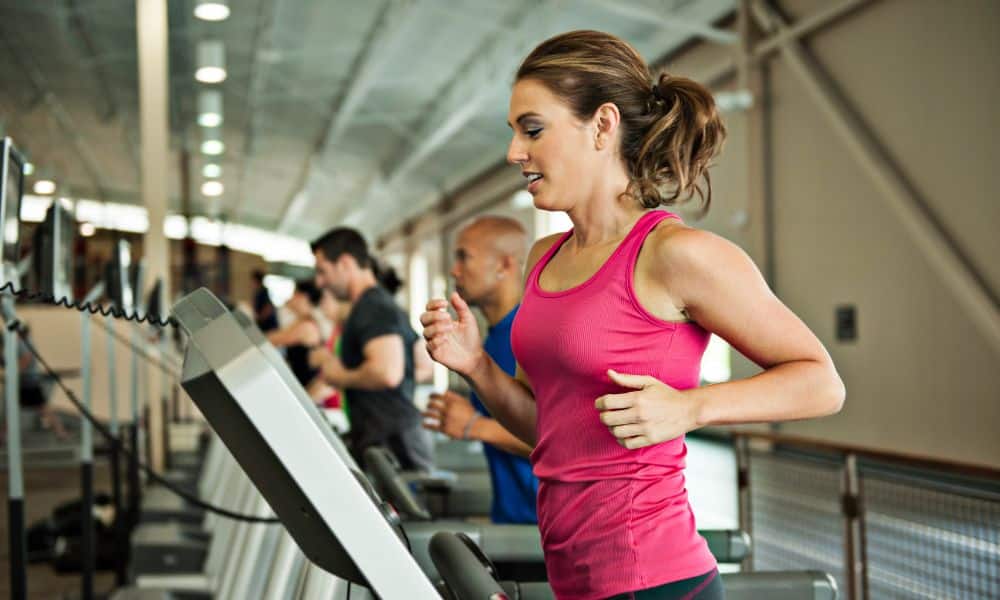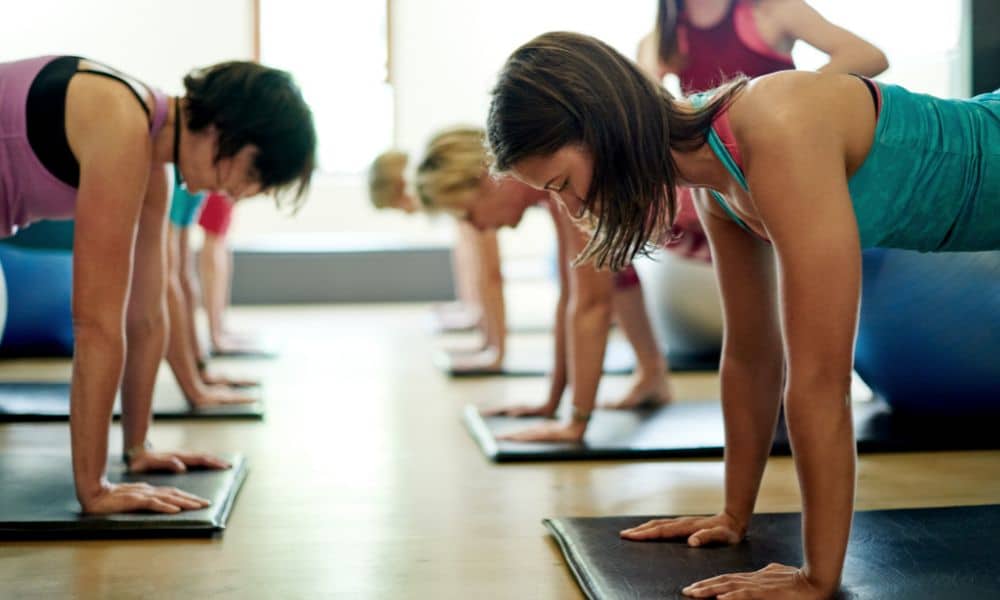Isokinetic exercise is a strength training exercise that uses specific machines to create a constant velocity. This continuous velocity is regardless of the strength training type. The isokinetic exercise machine controls the exercise pace. It does so through fluctuating resistance in your range of motion. Resultantly, the speed stays consistent regardless of the force you exert.
You can adjust the target exercising speed and range of motion according to your choice. The machine has different attachments which target and isolate specific muscles. You can use this exercise to improve your endurance and muscular strength.
Isokinetic exercises are in high use for recovery and rehab. This is because these exercises come in a controlled form. Therapists use isokinetic machines to support patients recovering from a medical condition or procedure. It is possible to treat specific imbalances in the body through these machines.
Exercises help to:
- Control the development of muscle
- Increase the flexibility of the muscle
- Prevent injury.
- Increase speed and power.
Isokinetic exercise is a strength training exercise that targets muscle endurance, muscle strengthening, and toning. It is also helpful in improving coordination and balance while boosting metabolism.
How do you perform an isokinetic exercise correctly and safely?
Every machine comes with a specific aim and works through particular parts of your body. Therefore, you can customize the resistance and adjust the speed according to your needs. You can start the isokinetic exercise program based on your situation and personal goals. Also, you need to start with little to no resistance. Then, gradually build up the repetition count and resistance.
You will need machines for doing most exercises. Some devices require advanced skills, and you will require a skillful trainer to help you learn to use them. The trainer will also guide you on tests and measurements. You can use different specialist machines that are present in rehab centers and sports science labs.
It is up to you if you want to do the exercises on your own. This entirely depends on the availability of the machine. However, you may want to join a class under a trained professional as you begin for the first time.
Do 30 to 60 minutes of each session if you use a treadmill or relevant machine. It is also better to work out at least two to three days every week. Also, give yourself a resting time of a day or two in between the workouts.
You can do three sets of 8 to 15 reps of the strength exercises. You will need to make sure you do it gradually with control. Use weights that are heavy enough to work your muscles without causing a strain. Then you can gradually increase the resistance when you gain strength.
Variations of isokinetic exercise
We also call isokinetic exercise iso-velocity training, as these exercises need a machine running at a constant pace. Resultantly, isokinetic activities are not very common. This is because the devices are expensive and are not present at any local gym usually. Instead, these are present in rehab centers. The machines use electricity or hydraulic force to create a constant resistance against your muscles.
Some variations you can do with this exercise are possible through this different equipment:
1. Stationary Cycle
This machine for isokinetic exercise is readily available in most centers. Suppose you pedal at around 50 revolutions in 60 seconds with a level one resistance level. You will need to pedal harder when the resistance level reaches three. This is to make sure the speed remains constant.
2. Treadmill
It is another example of an isokinetic exercise. The speed can remain constant in the activity. Also, the incline can work as a resistive force. You will need to add resistance to turn it into an isometric exercise.
3. Dynamometers
These are specific equipment measuring and recording the force output from a controlled environment. Manufacturers make isokinetic machines targeting the nucleus abdominal, chest press, leg press, contralateral hamstring, and shoulder press with squats.
Timing of your reps is one method to work out at a consistent pace. For example, you need to count the motions as you squat to keep a constant speed in a set. It is one of the manual methods to maintain continual movement and speed.
Swimming is another instance to keep constant motion. This is because it gives equal resistance through the water. However, it is essential to keep the arm movement and the speed consistent.
4. The Stairmaster
The name speaks for itself. The StairMaster builds power and burns calories in one motion. It also sculpts an impressive set of legs and a perfect butt. The results will not disappoint you if you have the will and fortitude to stay with this exercise. Fitness fans use this machine to create the perfect body and achieve their workout results.
Most common mistakes people make when performing an isokinetic exercise
It is highly essential to make your activity safe to protect the body. You will need to balance strength training with some cardio and stretching exercises. Not doing so will make your body strain quickly.
Some people don’t warm-up, which can lead to strains. Therefore, it is vital to do brisk walking, jogging, or dynamic stretches that help loosen up the body.
You need to drink a lot of water before, during, and proceeding with your workout. Take around a few minutes for cooling down after the exercise. Gentle stretches will help in preventing injuries and soreness.
Some people also ignore any discomfort or pain they feel when they do isokinetic exercise. This is important to check, as it shows you are not in proper alignment or form. Take some scheduled days off and take time to recover whenever you feel pain or fatigue.
Muscles, it isokinetic exercise helps
The isokinetic exercise targets typically specific muscle groups depending on the machine you use. These muscles majorly include the abdominal muscles, knee extensor muscles, and quadriceps. Therefore, you can adjust the range of motion and speed according to your needs. In addition, different machine attachments will target and isolate a specific group of muscles. As a result, you will use isokinetic exercise to improve and test your endurance and muscular strength.
Last words on isokinetic exercise
It is also important you talk to your therapist or doctor before initiating any exercise program. It is imperative, given you are healing from any medical condition. In addition, we advise you to perform these exercises under a skillful professional if you are overcoming injuries or have physical limitations. For example, you can combine muscle training with flexibility and aerobic exercises.




